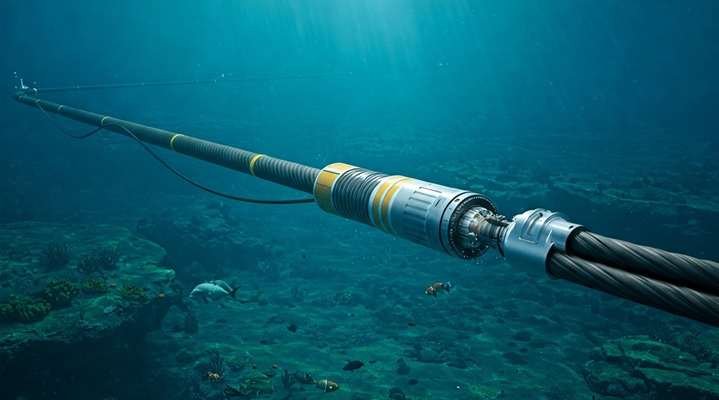Join Forward-thinking Leaders
Elevate your expertise with tech insights, startup breakthroughs, and leadership intelligence curated for your priorities.
Elevate your expertise with tech insights, startup breakthroughs, and leadership intelligence curated for your priorities.

Subscribe to our newsletter!

Meta unveiled its ambitious “Waterworth Project,” a monumental subsea cable initiative designed to dramatically enhance the global internet infrastructure. This Project marks a significant investment by the tech giant in bolstering connectivity, particularly in key growth regions.
The Project aims to establish the world’s longest subsea cable system, spanning over 50,000 kilometers, connecting five continents including North America, South America, Africa, Asia, and Australia. This massive undertaking will include new landings in underserved regions such as the Indian Ocean islands, parts of Southeast Asia, and the Pacific, significantly expanding the global internet coverage and fostering digital inclusion and economic development.

Subsea cables are essential for international communications, carrying over 95% of intercontinental traffic. To increase the cable security, the cable will be laid at great depths with the enhanced burial techniques near coastlines. In addition, route planning has been carefully done to avoid geopolitical hot spots.
The cabling infrastructure employs a 24-fiber-pair system, which is expected to significantly increase capacity compared to typical subsea cables with 8 to 16 fiber pairs. Upon completion, the Project is expected to boost global data capacity, enabling faster and more reliable internet services. The robust infrastructure with low-latency transmission capability is critical for supporting AI advancement.
“The Waterworth Project is a testament to Meta’s commitment to connecting the world and ensuring that everyone, no matter where they live, can benefit from the opportunities the internet provides,” said a Meta spokesperson. “This project will not only enhance global connectivity but also empower communities and drive economic growth in emerging markets.” While the Project presents complex challenges influenced by geopolitical, logistical, and environmental factors, it is entering the “Planning and Design” phase this year and is expected to be completed and operational by 2030. It is poised to become the backbone of the internet’s future, setting a new standard for global connectivity and innovation.